Retro Replay Review
Gameplay
Victoria: Revolutions builds upon the intricate mechanics of Victoria: An Empire Under the Sun, extending the grand strategy experience deep into the tumultuous years of the early 20th century. Players will find themselves balancing industrial growth, diplomatic maneuvering, and military preparations across a timeline that now stretches to 1936. The inclusion of fighters—albeit only as brigades—adds a fresh tactical layer to warfare, forcing strategists to rethink air power’s role in both defense and offense.
The reworked capitalist system is perhaps the most significant gameplay overhaul in Revolutions. Depending on the economic policies of the ruling political party, players may either build factories and railroads themselves or delegate that responsibility entirely to the capitalist class. In laissez-faire economies, capitalists take the lead, while planned economies place all infrastructure decisions into the hands of the government. This dynamic creates a compelling tension between political ideology and economic growth.
Political mechanics have also been finely tuned, offering more pronounced differences between monarchies and democracies. Banning opposition parties now triggers greater unrest, and the influence of political inventions on issues and ideologies has been increased. Military policies can restrict or enable troop creation, giving the player real leverage over mobilization. The colonization system is similarly enhanced, requiring naval bases and specific technologies before overseas expansion—an addition that encourages careful long-term planning.
For dedicated strategists, the converter utility that allows you to migrate a Revolutions save into Hearts of Iron II: Doomsday is a delightful bonus. It extends your alternate-history scenarios well beyond 1936, linking the Victorian-turned-interwar era to a full-blown World War II simulation. This seamless transition underscores the modular design philosophy that underpins both the Victoria and Europa Universalis series engines.
Graphics
Graphically, Victoria: Revolutions retains the familiar Paradox-style interface and map presentation that veterans of the series will recognize instantly. The world map is richly detailed, with clear province borders, dynamic resource icons, and color-coded political overlays. Although not cutting-edge by modern standards, the visuals serve their purpose admirably, providing players with at-a-glance information vital for managing sprawling empires.
Unit counters and brigade icons have been updated to reflect the new fighter brigades, and minor improvements in resolution help clarify the differences between infantry, cavalry, and artillery units. The UI windows—covering diplomacy, trade, and research—are intuitive but suffer from occasional clutter when dealing with dozens of active policies, laws, and tech trees. A bit more zoom or window-scaling options would have gone a long way toward improving readability.
Special events and political decision screens feature period-appropriate artwork, immersing you in the Victorian and interwar atmospheres. From sepia-toned portraits of rising fascist leaders to detailed industrial factory schematics, these visual touches enhance the narrative significance of your choices. While there are no flashy 3D effects or animated cutscenes, all graphics are functional, informative, and respectful of the game’s grand strategy roots.
Story
As an open-ended grand strategy game, Victoria: Revolutions has no predetermined storyline. Instead, the narrative emerges from player-driven decisions and global events. Whether you guide Great Britain through laissez-faire capitalism, steer a rising Germany toward fascism, or manage a fledgling republic in South America, the story unfolds uniquely every time. This sandbox approach ensures virtually limitless replayability.
The extension to 1936 introduces new political tensions and ideological clashes. Fascism appears as a distinct ideology, allowing for alternative histories where authoritarian regimes rise aggressively or collapse under their own contradictions. The added political inventions—ranging from welfare programs to militarization reforms—shape the ideological battleground, creating emergent stories of reform, revolution, and reaction.
Colonial competition gains renewed intensity with the tweaked colonization system. Requiring naval bases and specific technologies before establishing overseas provinces injects realism into your expansionist ventures. Players often recount thrilling races to secure African territories before rivals or tense standoffs in Asia as powers vie for influence. These player-generated dramas form the heart of Revolutions’ storytelling appeal.
Even mundane economic management can spark narrative arcs. Debates over factory expansions, railroad construction, and labor unrest in industrial heartlands frequently lead to internal political crises. The dynamic interplay of capitalists, socialists, and conservative elites creates an ever-shifting domestic landscape—one where the choices you make today can lead to rebellions, coups, or social reforms tomorrow.
Overall Experience
Victoria: Revolutions is a must-have expansion for fans of deep, statistically rich grand strategy. Its extended timeline and comprehensive political and economic overhauls deliver a nuanced, challenging simulation of the late 19th and early 20th centuries. While the learning curve remains steep, newcomers who persevere will find a rewarding experience that few other strategy games can match in scope or depth.
Performance is generally smooth, even in the late game with hundreds of provinces and dozens of active nations. The engine—shared with the Europa Universalis series—handles large-scale conflict and intricate economic systems admirably. Occasional slowdowns during massive diplomatic update cycles are a minor inconvenience in an otherwise stable package.
Although the graphics and UI could use modern enhancements, the core gameplay shines through. Each decision, from approving new factories to enacting suffrage laws or sending volunteers to distant wars, carries weight. The optional converter to Hearts of Iron II: Doomsday adds significant value, bridging your Victorian experiments to the global conflagration of World War II.
In summary, Victoria: Revolutions offers a deeply engaging, historically grounded grand strategy experience. It caters to players who relish meticulous management, emergent storytelling, and the thought-provoking challenges of guiding nations through one of history’s most transformative eras. If you’re ready to shape the destiny of empires as the world hurtles toward modernity, this expansion delivers on its ambitious promises.
 Retro Replay Retro Replay gaming reviews, news, emulation, geek stuff and more!
Retro Replay Retro Replay gaming reviews, news, emulation, geek stuff and more!


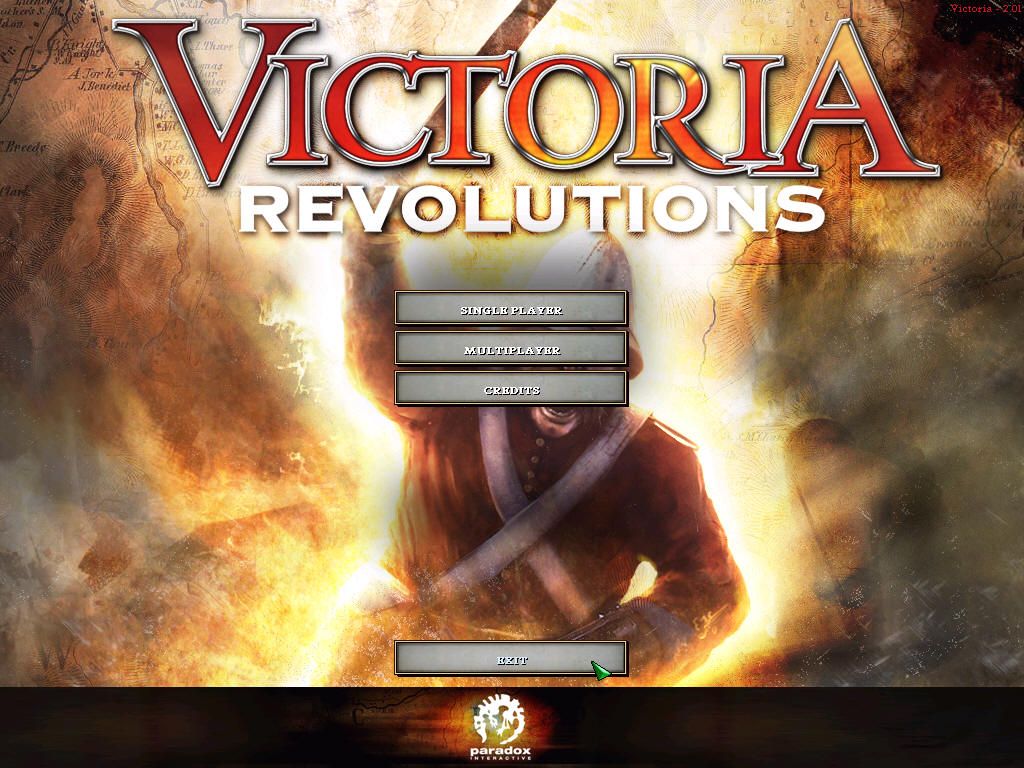
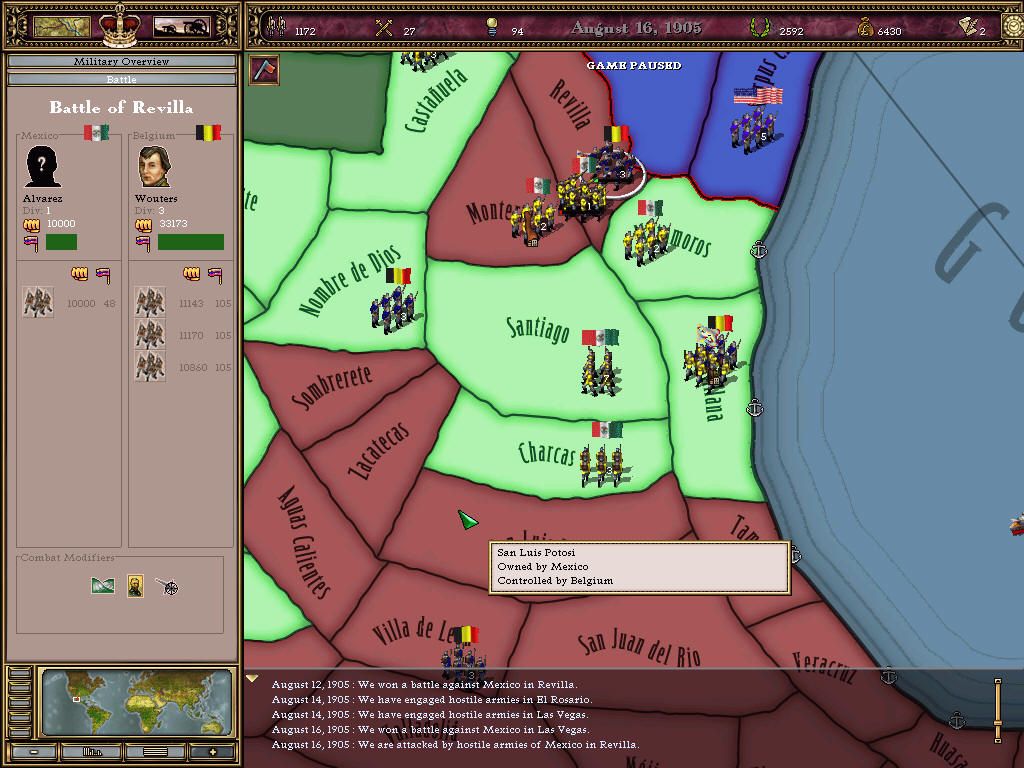
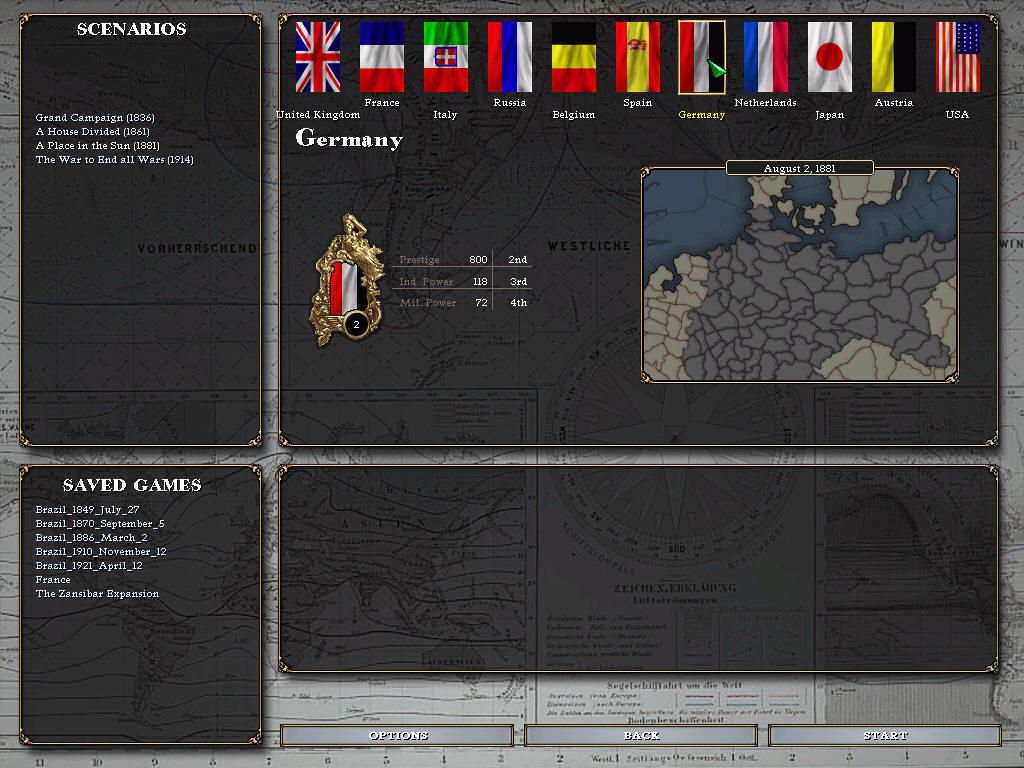
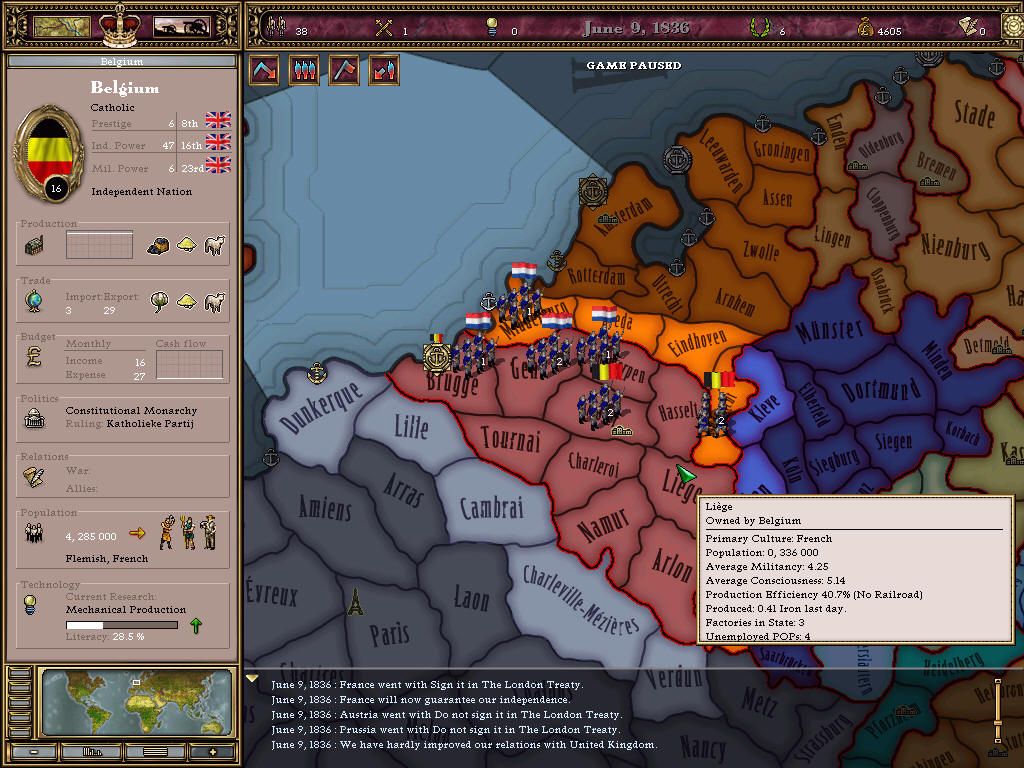


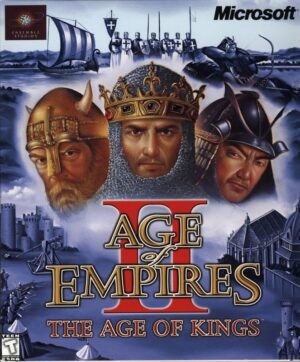
Reviews
There are no reviews yet.